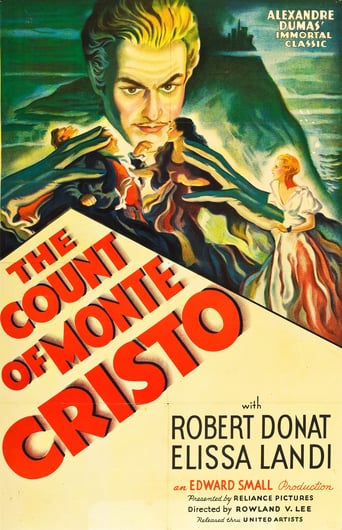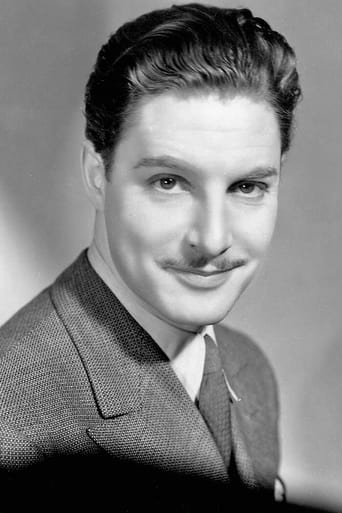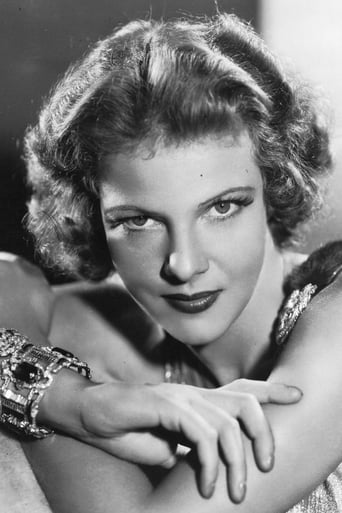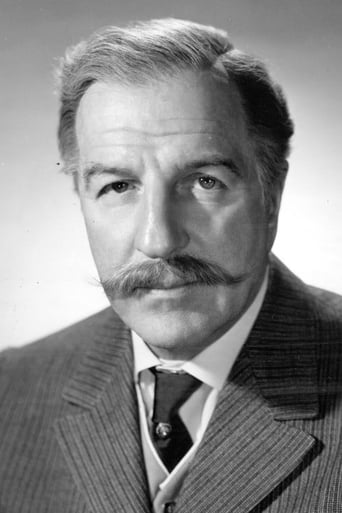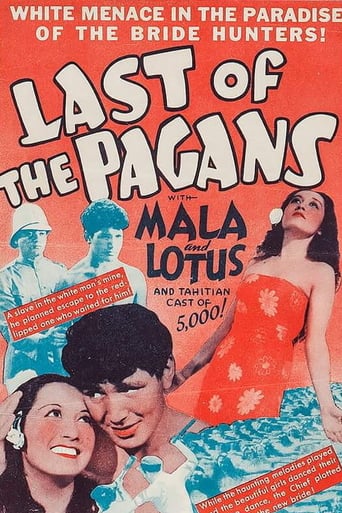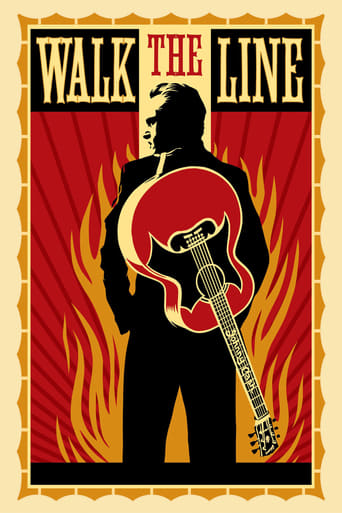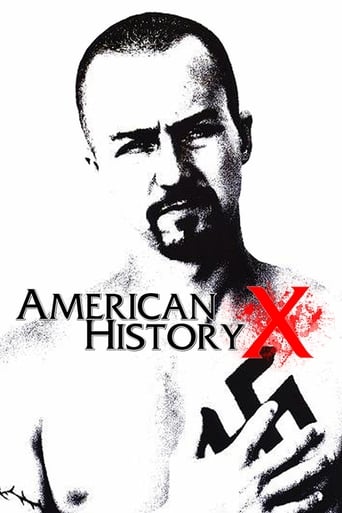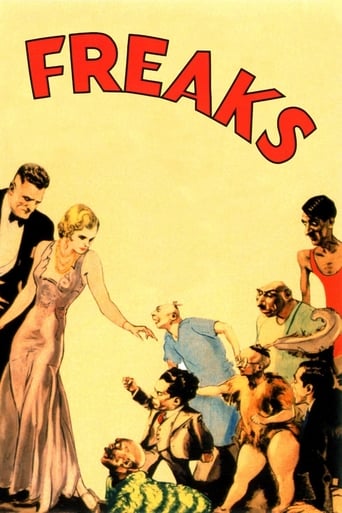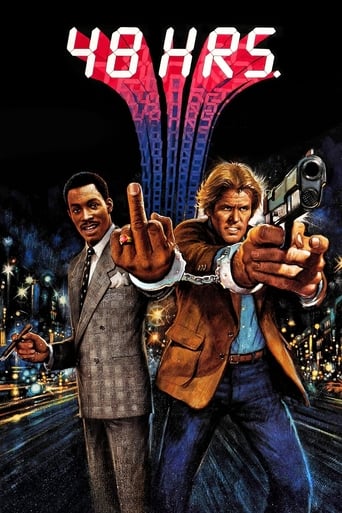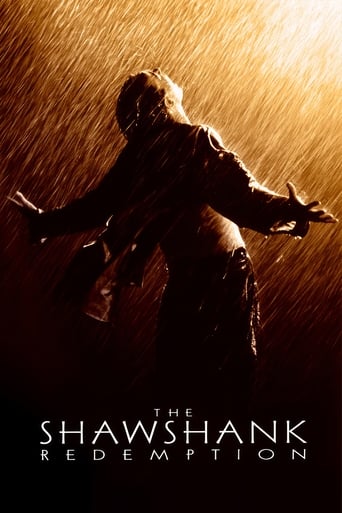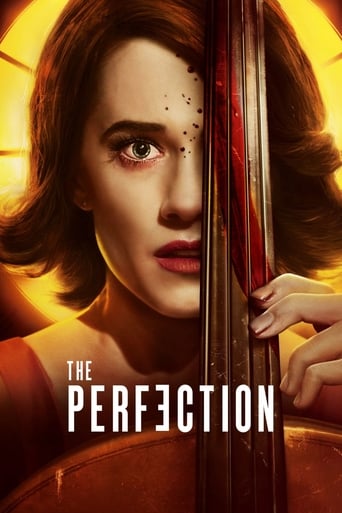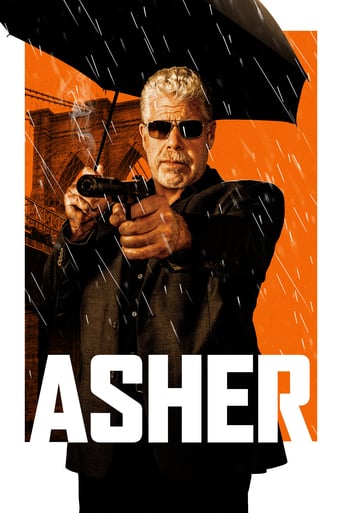The Count of Monte Cristo (1934)
After greedy men have Edmound Dantes unjustly imprisoned for 20 years for innocently delivering a letter entrusted to him, he escapes to revenge himself on them.
Watch Trailer
Cast


Similar titles
Reviews
Why so much hype?
Thanks for the memories!
Purely Joyful Movie!
If the ambition is to provide two hours of instantly forgettable, popcorn-munching escapism, it succeeds.
It is 1815 a time when forces are trying to free Napoleon from his exile to return to power. "The Count of Monte Cristo" is the story of a beleaguered innocent seaman Edmund Dantes (Robert Donat) who is cast into a dark damp prison for 20 years without benefit of a trial.Dantes had been entrusted by his dying sea Captain Leclere (William Farnum) to bring a letter to an unknown person on land. The letter, which contains plans for Napoleon's return, is delivered to a man named Mr.Devillefort who happens to be the father of the local magistrate (Louis Calhern). Dantes is arrested and charged with treason and is locked away without actually being charged. Dantes had been planning to marry the lovely Mercedes (Elissa Landi). Dantes rival Mondage (Sidney Blackmer) and cohort Danglers conspire with Devillefort to imprison Dantes.Years later as Dantes languishes in prison, Devillfort now the King's council, has Dantes declared dead. Mercedes then is forced to marry Mondego. They have a son whom Mercedes tries to raise in Dante's image.Even later, Dantes meets Abbe Faria (O.P. Heggie) who had been tunneling in order to escape only to have tunneled into Dante's cell. The two become fast friend and work together to complete the tunnel. The Abbe reveals to Dante that he has a large treasure hidden on the island of Monte Cristo near Italy. The Abbe is crushed in a collapse in the tunnel but before he dies, wills his treasure to Dantes. This affords Dantes an unique opportunity to escape which he does in a unique manner.Dantes finds the treasure and becomes The Count of Monte Cristo plotting his revenge on the three men who were responsible for his 20 years in prison. He plans to use Mondege and Mercedes son Albert (Douglas Walton) to help exact his revenge on Mondege. Dantes goes to Paris where he meets with three who do not recognize him however, Mercedes does see a resemblance to her former lover. One by one the three are ruined but Dantes is arrested for the murder of Mondege and..........................................................The adapted version of the Alexandre Dumas novel is considered by many to be the best of several versions thus far filmed. Robert Donat is excellent in the lead role with Calhern, Blackmer and Walburn suitably evil as the villains of the piece. Elissa Landi makes a good long suffering heroine and Irene Hervey as Valentina Albert's intended stands by Merecedes during her ordeal at Dantes' trial.There seemed to be a few gaps in the story. For instance how did Dantes go from finding the hidden treasure on a remote island to the rich and sophisticated Count of Monte Cristo. How did he get all of this wealth to civilization? Also, it seems highly unlikely that the Abbe who had been digging his tunnel for six years, would just happen to tunnel into Dante's cell. And the scraggly beards...how is it that the whiskers grew while the hair on their heads barely did? Just asking.
I saw this film as a youngster and never forgot it. About 15 years ago I was able to tape a version off TV. The sound track had a whirring on it that rose and fell in pitch throughout. As a result, as much as I liked the film I never watched it again. Last night I DVR'ed it when shown on TCM just on a hunch. The print was soft but the sound was impeccable. It was everything I remembered with some nice surprises. The film has everything: action, adventure, romance, spirit, bravura performances, memorable lines, wonderful sets, inspiring score and crisp direction. In my opinion it is the perfect recording to the screen of a classic novel.What I had forgotten was the score. The finale of Our Daily Bread had become a favorite. Then I discovered it in Les Miserables. And now I know where it originated. Hearing all the riffs on the main theme was a pleasure.Donat was wonderful of course. But I'd forgotten just how amazing Landi's work was here. Not a false note. Louis Calhearn wears is mantle as the screen's greatest sophisticated villain with pride. It was also a pleasure to see Harry Cording here. I collect his often minuscule roles. Here I think he is both a jailer and the assassin in the tableau.
People who are impressed with 2010's boring and bloated movies might do better with the 2002 version, but persons who enjoy quality movies will take the trouble necessary to locate a VHS copy of this great 1934 classic. Hint: Rare VHS tapes are listed on Ebay.I first saw this in its theatrical re-release in the 1940's paired with Man in the Iron Mask. It's been reissued several times and played on TV numerous times in the 1950's. Edward Small knew how to make this kind of picture. The 118 minute length was unusual back then, but the story moves along at a fast clip. In the 1940's I was a kid and had traveled to New York and no-place else. Since then I've been to Europe many times. Now I can appreciate the attention to detail of the numerous sets, be it prison or royal apartments. But the important thing is the story and the acting. Excellent.The VHS is the colorized version. It looks fine in color, or you can tone down the color and see it as originally made. This movie has made money for 76 years and might someday be issued in DVD. Compare that to the El Stinko movies of 2010 which are usually dead within 6 weeks.Quality is forever.
I echo all the other reviewers in saying that this is a very well-done and entertaining movie. Robert Donat was an excellent actor, and he carries this role very well. He may have won his Oscar for Mr. Chips, but I have always liked him in this movie, and in Hitchcock's "The Thirty-Nine Steps," even more. And Elissa Landi- she was incredibly gorgeous, and a good actress, too. Producer Edward Small must have had a thing for Dumas and swashbucklers. He also produced the 1939 "Man in the Iron Mask," and the 1940 "Son of Monte Cristo." As many people know, Donat was slated to play "Captain Blood" in 1935, but for whatever reason dropped out, and that part went to the unknown Errol Flynn. Flynn's star-making performance catapulted him to the top, and led to the string of classic swashbucklers he made throughout the 30s and 40s. Interesting in that Donat's "Monte Cristo" kick-started a dormant film genre, and his withdrawal from "Captain Blood" introduced the man who would re-invent, and re-invigorate, the whole swashbuckler genre. So perhaps Donat and Flynn can be considered the godfathers of the sound film's action movie (and the inheritors of Douglas Fairbanks, Sr.'s mantle). I was also struck by a similarity between some scenes in this, and in the James Whale film, "The Bride of Frankenstein," made just a year later, in 1935. Another reviewer on this site has noted the same thing, and I agree with him completely. Dantes' fellow prisoner, played by O.P. Heggie, is a character very similar to the blind hermit in "Bride," played by- O.P. Heggie. The blind hermit befriends Boris Karloff's lonely monster, in much the same way that this prisoner befriends a lonely Edmund Dantes. Some of the dialogue is quite similar. And, in a particularly dramatic scene between Dantes and his friend, "Ave Maria" is played on the soundtrack. If all of you remember, when the blind hermit meets the monster, and thanks God for bringing him a friend, "Ave Maria" is used on the soundtrack, to very great emotional effect. I read that James Whale actively sought O.P. Heggie to play this part, so one has to wonder if it is just a coincidence, or a conscious plan- I find the former possibility a little implausible. As the other reviewer on this site noted, it may have been a sly in-joke on Whale's part (and not only that- Heggie was an excellent actor, and brought great humanity to these two parts. So Whale's choice was also artistically sound). He was a director who loved in-jokes, and his films are full of humorous and sly references to all kinds of things. You also have to wonder if anyone at the time picked up on it. We can see these films back-to-back now, and notice similarities, courtesy of DVDs and TV, but in the 30s, there would have been a yearlong gap between the showings of these films. I imagine most moviegoers wouldn't have remembered that Heggie had played in the earlier film, or seen the similarities. I hadn't noticed myself, on previous viewings of "Count," but became aware of it just last night. The use of "Ave Maria" made it seem conclusive, to me. Whale also used Douglas Walton in "Bride," as Percy Shelley, and I wonder if he liked the actor in his part as Landi's son, in "Count." Interestingly, Whale directed Edward Small's "The Man in the Iron Mask" in 1939. That same year, Rowland V. Lee, who directed "Count," took over from Whale, and directed "Son of Frankenstein" (and then Lee directed "Son of Monte Cristo" the following year. A bit confusing!). Boy, Hollywood was filled with all kinds of connections. Six Degrees of Monte Cristo!Anyway, just some interesting sidelights to two great films. For fans of both movies, take a look at them.

